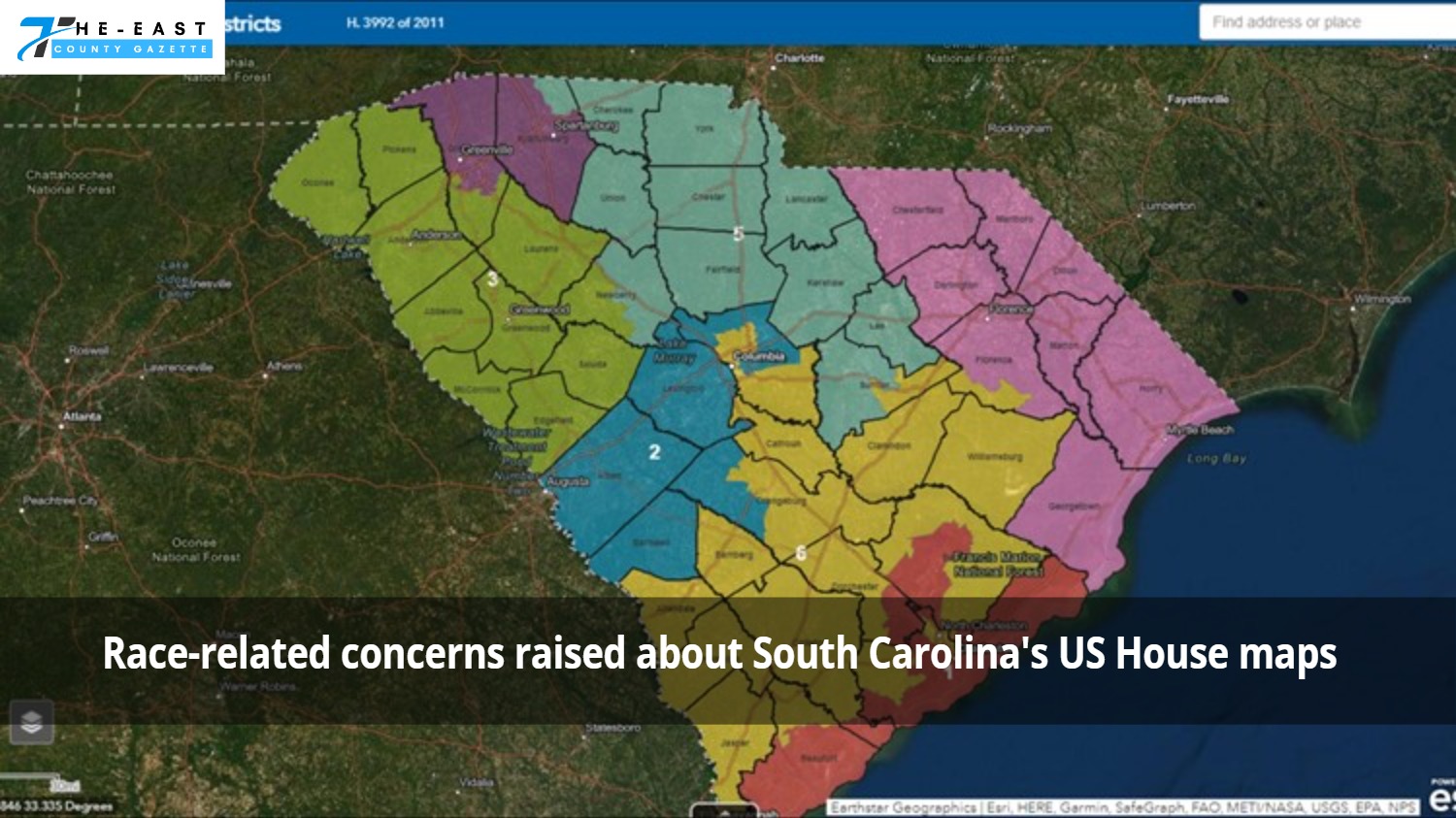The trial to examine the constitutionality of South Carolina’s congressional maps will conclude on Tuesday with arguments over whether the state legislature reduced Black voting strength by redrawing the boundaries of the only U.S. House district Democrats have flipped in more than 30 years.
This trial is especially significant because it is the first time the South Carolina maps have been legally examined since the Supreme Court struck down a provision of a 1965 law that had the state obtain federal approval to protect against discriminatory redistricting ideas.
The case’s final arguments will be heard by a panel of three federal judges in Charleston. Eventually, a decision will be made.

The maps used in this month’s midterm elections were drawn by the Republican-controlled General Assembly earlier this year, with data from the upcoming 2020 U.S. census.
The NAACP filed a lawsuit claiming that the new lines unconstitutionally crammed the state’s Black voters into the 6th District, which already had a majority of African American voters.
The civil rights organisation has argued for months that the acts of the General Assembly have weakened Black voters and contributed to the six-to-one Republican majority in the state’s delegation to the United States House of Representatives.
As of 2018, Democrats had not flipped any seats in the U.S. House of Representatives since 2016. Before it, the last time Democrats took a seat away from the Republicans was in 1986.

Attorneys for the NAACP claim in their lawsuit that “Black voters are rendered unable to significantly influence congressional elections in those districts” as a result of the redistricting.
Legislators’ attorneys argued that the 1st District needed to be redrawn since the majority of South Carolina’s projected 10% population growth between 2010 and 2020 will occur along the coast.
When the Supreme Court struck down a portion of the 1965 Voting Rights Act that mandated federal approval for South Carolina and eight other primarily Southern states when they redrew district lines, the legislature argued it followed the guidance put out by the court in 2013.
Legislative lawyers stated, “The General Assembly did not unlawfully employ race in creating any district or in enacting any redistricting plan.”
“The General Assembly may have considered racial factors while creating districts and redistricting plans, but this does not constitute a violation of the Constitution or any statute.”
The main thrust of the NAACP’s case is that the state legislature failed to take into account “communities of interest” in various parts of the state.
These “communities of interest” are defined as groups of voters who share common economic, social, historical, or political ties or who are confined to the same geographic or governmental areas.
They pointed to various alternatives that lawmakers considered but ultimately rejected that would have preserved Charleston and its suburbs inside the 1st District rather than dividing it and placing some regions with large African-American populations in the 6th District.

Using the previous map, Republican U.S. Representative Nancy Mace would have won her seat in 2020 by a margin of 1.3%.
This month, she was re-elected to represent the 1st District with a 13.9-point margin of victory because of the new layout.
James Pollard is an intern with the Statehouse News Initiative at the Associated Press and Report for America.
In order to bring attention to unreported stories, the nonprofit organisation Report for America places journalists in local newsrooms.
Source: Lake Geneva Regional News

